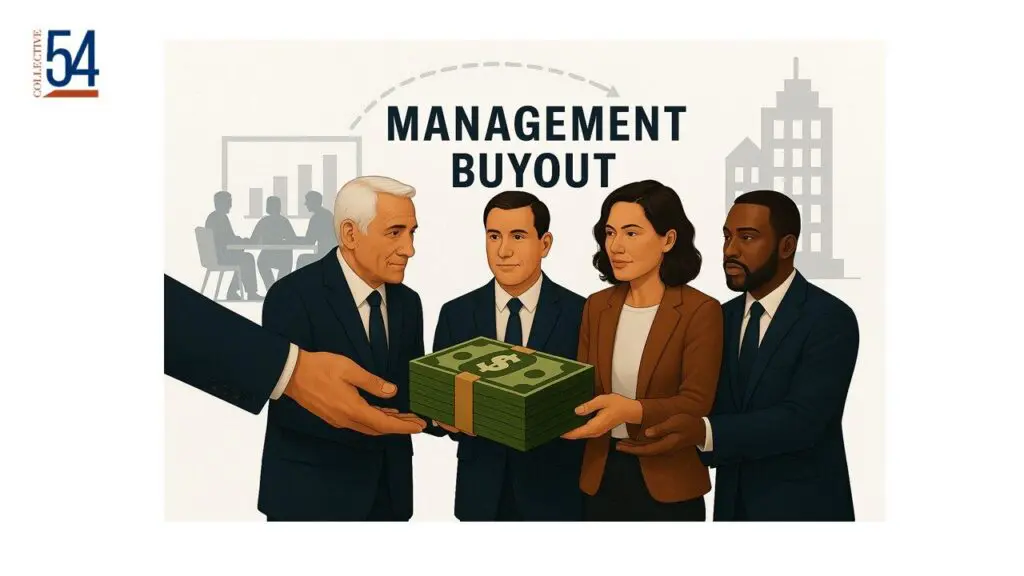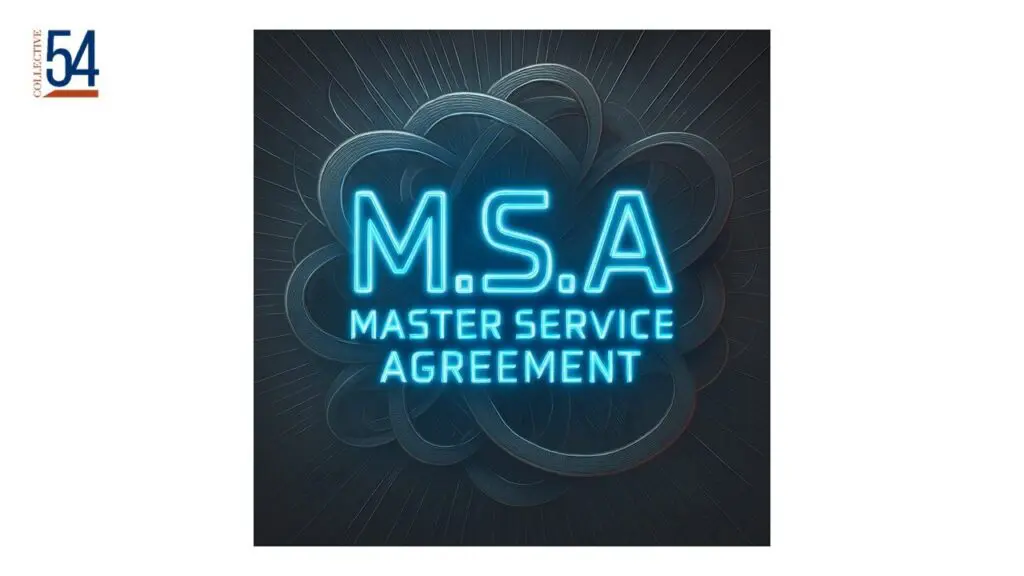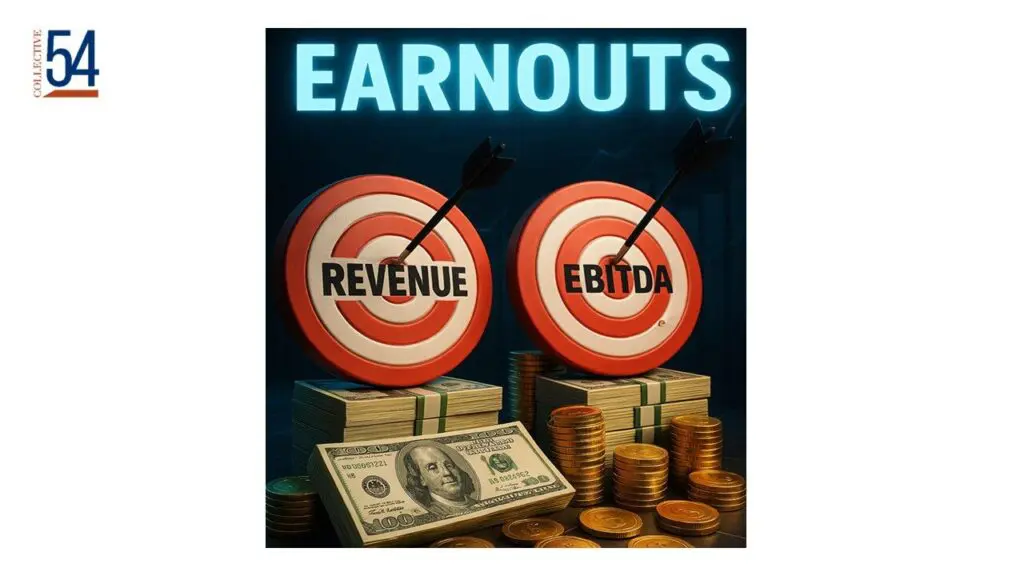Episode 216 – From Frustration to Focus: How One Firm Transformed Productivity with Time Tracking – Member Case with Leo Falkenstein
Exiting your business is a multi-step process that requires strategic planning and the right team at the right time. This session breaks down the timeline of an exit, from assessing your firm’s worth and preparing marketing materials to managing buyer interest and creating competitive tension. Learn when to hire key advisors, what each phase entails, and how to make a strong first impression with potential buyers. By understanding the process and investing in top-tier expertise, you can navigate the complexities of an exit and maximize your outcome.










